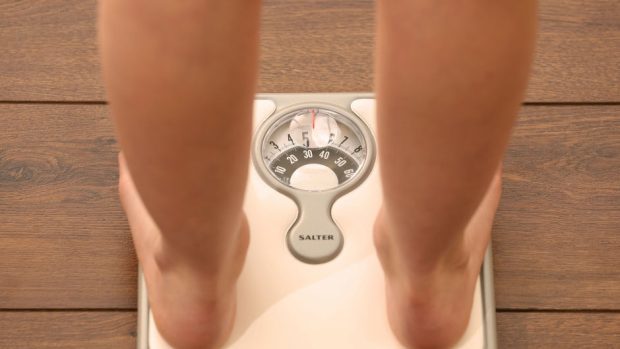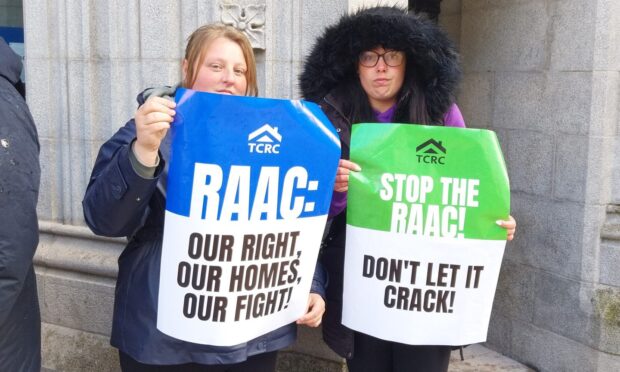One of Scotland’s leading cancer prevention experts has been left “shocked” by a new report revealing that nearly a quarter of P1 children are at risk of being overweight or obese.
NHS Scotland published the findings of its inquiry into the Body Mass Index (BMI) of P1 children in the country yesterday.
It reported that, in the 2018/19 school year, 22.4% of the pupils were at risk of being overweight or obese.
Boys were found to be slightly less likely than girls to have a healthy weight.
The findings come from height and weight measurements recorded at health reviews of thousands of children.
The report came on the same day the Scottish Government released figures showing the number of times medical staff have intervened to help reduce the weight of unhealthy children has decreased year-on-year since 2013/14.
In the NHS Grampian area, interventions have decreased by 2.5%, while in NHS Highland they decreased by 3%.
Professor Linda Bauld, of Edinburgh University, is Cancer Research UK’s prevention expert and said it was crucial the problem be tackled.
“It’s shocking so many very young children are at risk of being overweight or obese,” she said.
“But it doesn’t need to be like this.
“The Scottish Government has a role to play here and must ensure that planned legislation to restrict junk food promotions is introduced and passed before the next elections.
“Our shopping environment has a big influence on what we buy, with special offers and multi-buys on junk food powerfully persuading us to stock up on unhealthy items.
“Obesity is the second biggest preventable cause of cancer after smoking, so tackling this is crucial if we are to improve the health of future generations.”
The report noted that the proportion of children who are overweight or obese has increased markedly since the 1970s in both high and low income countries across the world.
It added: “The increase has slowed down or stopped in many high income countries since around 2000, however many high income countries continue to see widening socioeconomic inequalities in child overweight and obesity.
“These trends reflect marked changes in the environments in which children live: increased availability of high calorie but nutritionally poor food, reduced opportunities for physical activity, increased sedentary time, and reduced sleep duration are all important.”










